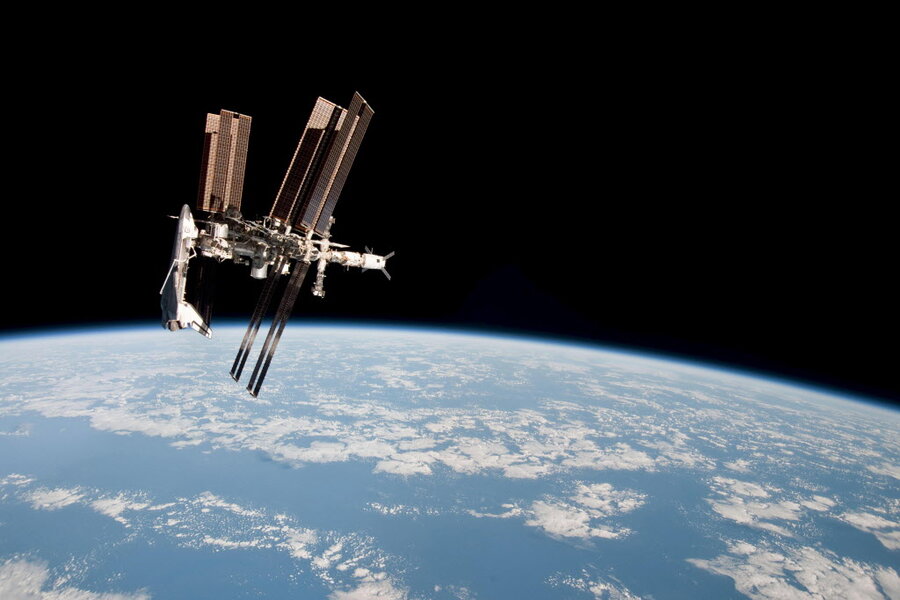15 years of the ISS: What's next for manned space stations?
Loading...
The International Space Station (ISS) marks its 15th year in space today.
It’s come a long way since its earliest days, when there was no Internet and very little proper ventilation onboard. Budget constraints imposed by the US and Russian governments also forced the early space station to be much smaller than its planners intended.
Over the years, one of the space station’s functions has been to allow international cooperation. After NASA mothballed the Space Shuttle program, which for years ferried astronauts to and from the ISS, Russia stepped in, using Soyuz spacecraft to provide trips for American astronauts.
The ISS "is the blueprint for global cooperation," NASA says. "One that enables a multinational partnership and advances shared goals in space exploration."
Japanese astronaut Kimiya Yui agrees with that assessment. “ The Earth will be a much better place,” he told The Associated Press, if nations learn to practice the same philosophy of harmony and cooperation that exists on the space station.
Funding for the program is in place through 2024, but it is still unclear where mission support will come from after that point.
Eventually, other countries could assemble their own manned space stations, including Russia, NASA's closest partner on the ISS. Russian President Vladimir Putin has made comments regarding the country's intent to build a Russian space station after funding for the International Space Station ends.
India and China are also starting to catch up as well. Last year, India successfully launched a Mars orbital satellite, and this September the nation successfully launched an orbital space observatory.
Meanwhile, China – which had been barred from participating on the International Space Station since 2011, following a US government policy that forbids the US from working with China on such matters – has been working on building its own space station. Tiangong-1 – the name means “heavenly palace” in Chinese – was launched in 2011, and has remained in orbit since.
But Bill Shepherd, the commander of the first expedition to the International Space Station, told SPACE.com that he remains optimistic about its future.
"What does [the] Space Station mean in the context of the next century, the next millennium? I think it is very exciting to wonder just how far this will go,” Shepherd said. “I think it is a good road map for bigger things in the future.”








